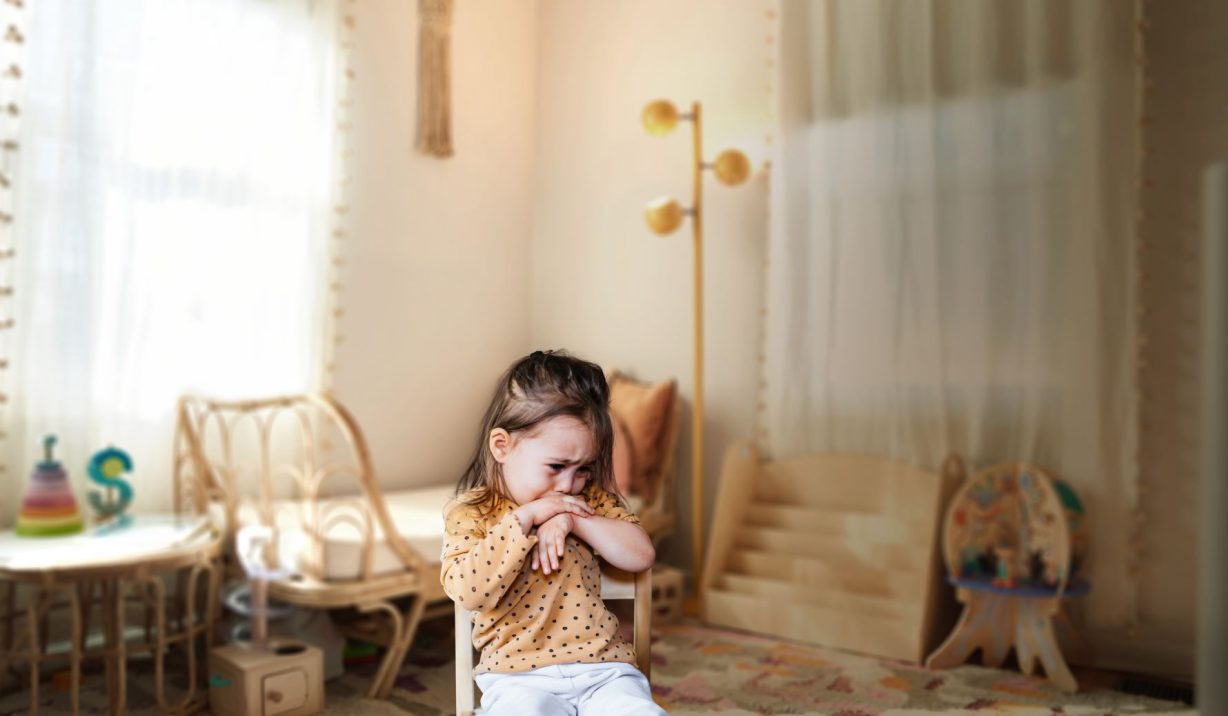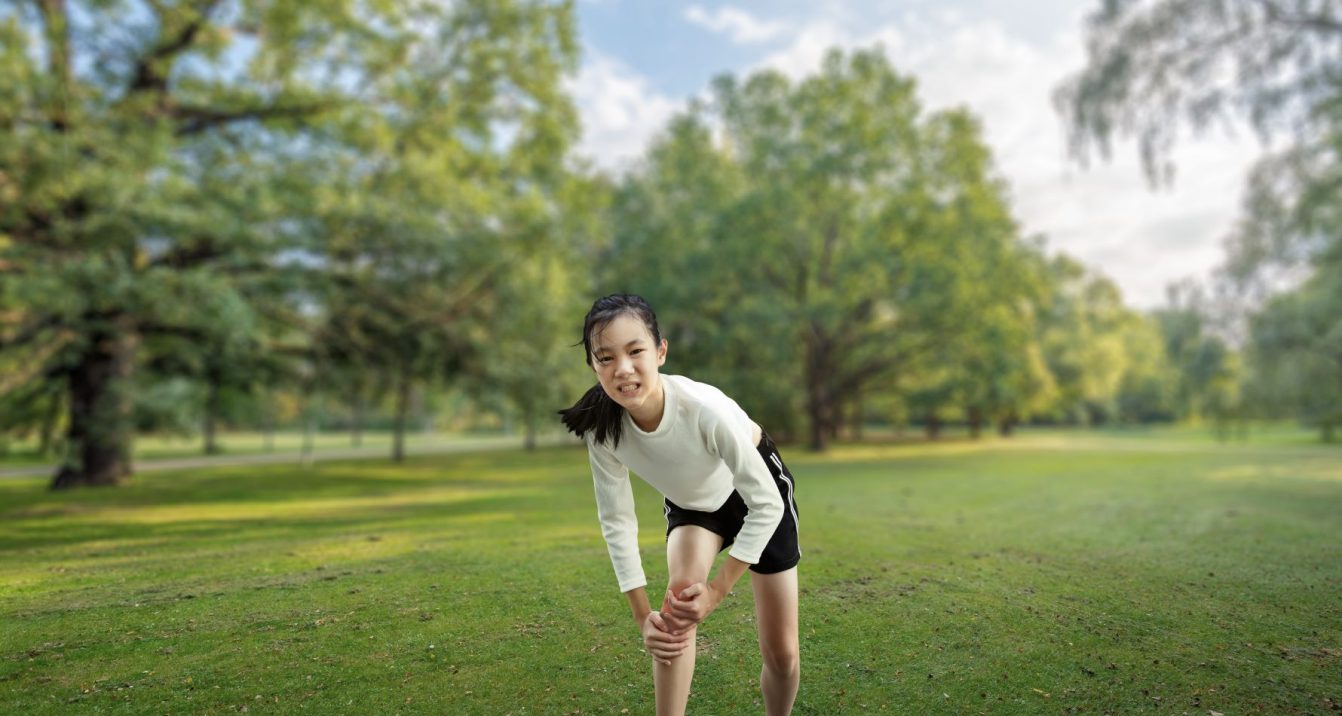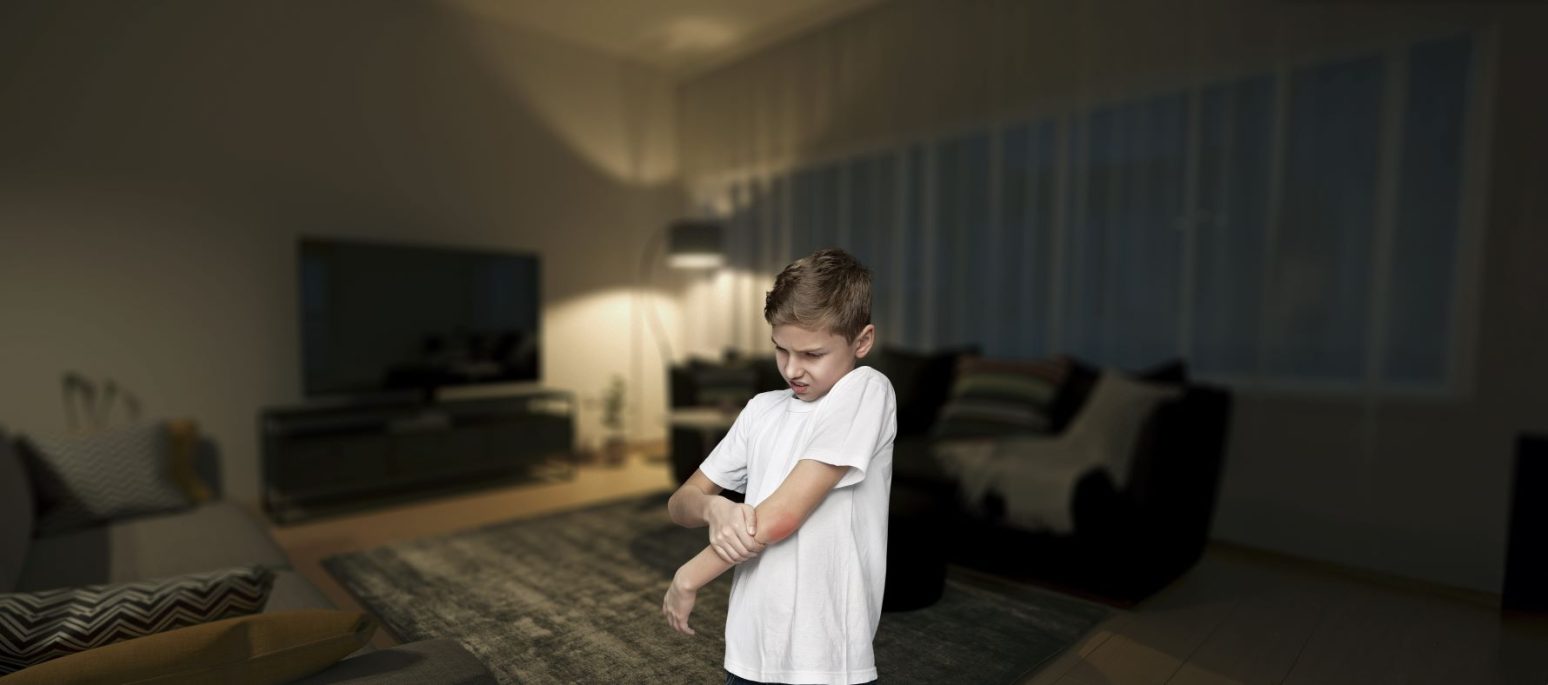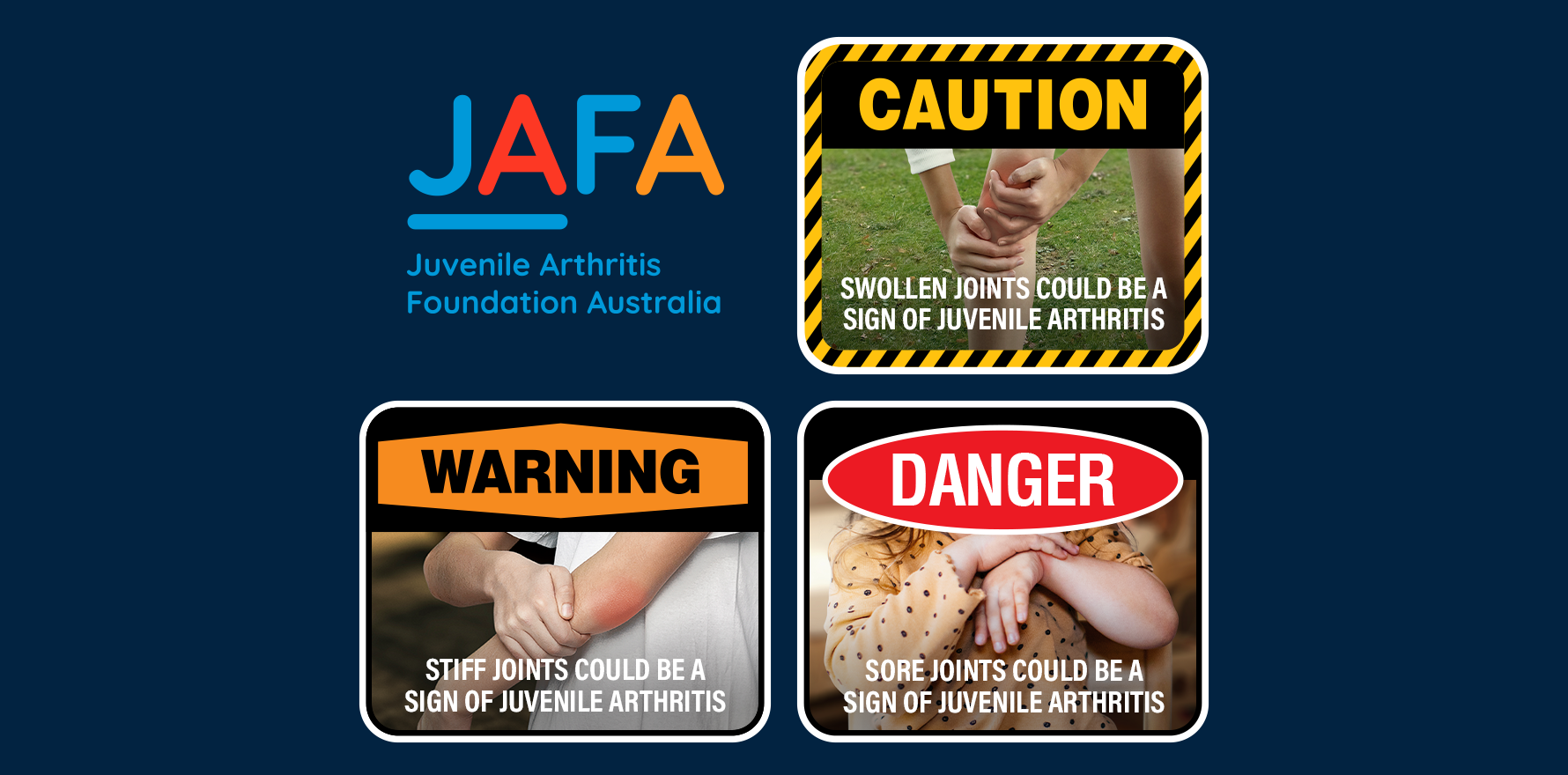Do you know the signs of juvenile arthritis? Learn to recognise and refer
Juvenile arthritis – correctly named Juvenile Idiopathic Arthritis (JIA) – is much more common than you think. In fact, it has a similar prevalence to childhood diabetes in Australia.1
A diagnosis of JIA currently takes an average of 10 months from the onset of symptoms and, in some cases, can take years.2,3 That’s a long time for a child to be in pain and plenty of time for the auto-immune process to damage their joints and, sometimes, their eyes.
The peak onset of JIA is between three to five years of age with another smaller peak around 12 to 14 years of age. However, children can develop JIA at any time before the age of 16.4
There is no definitive blood or radiology test for diagnosing JIA. The best test is a thorough history and physical examination.
LEARN MORE
About the signs and symptoms of JIA at jafa.org.au/hcphub
Can you recognise the signs and symptoms of JIA?

*Hypothetical patient for educational purposes.
1. Evie is two years old. Her mum tells you Evie was a happy, active toddler until a couple of months ago when she started limping and wanting to be carried everywhere.
• Evie’s symptoms have gradually worsened. Now, she won’t weight bear at all and gets around on her bottom.
• She has difficulty bending and reaching for toys, extending her neck and turning her head. Her sleep is disturbed, and she’s become tearful, tired and clingy.
• Evie is within normal ranges for general growth and development.
Is it growing pains, or should you suspect JIA?

*Hypothetical patient for educational purposes.
2. Miriam is 14 years old and mad about sport. Her parents bring her to you because her right knee has been painful and slightly swollen for several weeks.
• They initially thought she had injured it but she doesn’t recall an injury and it hasn’t improved with physiotherapy.
• Miriam’s X-rays from consulting another GP show no abnormality. Her symptoms are consistent and cause her to limp.
• Miriam tells you her knee is stiffer and more painful in the morning when she first gets up.
Do you think it might still be an injury or should you suspect JIA?

*Hypothetical patient for educational purposes.
3. Omar is eight years old. Until a couple of months ago he was a fun friend and keen student. Now he’s withdrawn and emotional and his teacher complains he’s no longer trying.
• The learning support teacher is called in and suggests the cause of Omar’s declining handwriting and schoolwork may be due to poor eyesight and a problem with his hand.
• Omar’s visual acuity test confirms poor vision, and you observe signs of inflammation in both his eyes.
• Your examination confirms both wrists and elbows are stiff and sore. His other joints seem fine but his eye inflammation bothers you.
What do you think is the cause? Should you suspect JIA?
THEY ALL HAVE JIA
Learn more about identifying JIA at jafa.org.au/hcphub
Late diagnosis of JIA can lead to permanent joint and eye damage and a life of pain, disability, reduced participation in school, sport, social life and the workforce, and mental ill health.
Don’t miss the signs and symptoms

Find out more about diagnosing JIA and find a paediatric rheumatologist at

References: 1. Australian Institute of Health and Welfare. Chronic musculoskeletal conditions: Juvenile Arthritis. Available at: https://www.aihw.gov.au/reports/chronic-musculoskeletal-conditions/juvenile-arthritis [Accessed October 2024]. 2. Manners P. Diagnostic Dilemma: delays in diagnosing juvenile arthritis MJA 1999;171:367–369. 3. Bond DM et al. The IMPACT Study. Juvenile Arthritis Foundation Australia, 2023. Available at: http://www.jafa.org.au/impactstudyreport [Accessed October 2024]. 4. Sinnappurajar P, Chaitow J. Juvenile idiopathic arthritis – A new outlook Medicine Today 2023; 24(10):12–19.
Juvenile arthritis – HCP’s program received grant funding from the Australian Government.



